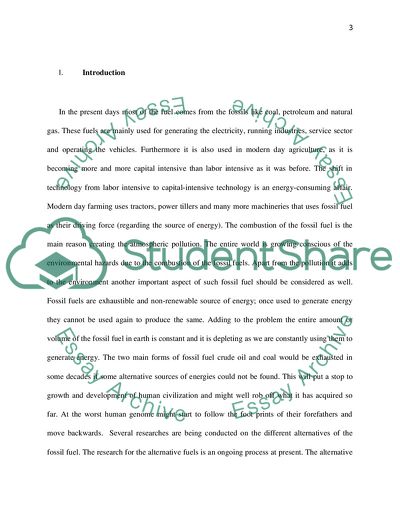Cite this document
(The Impact of Stakeholders on Alternative Fuel Uses Term Paper, n.d.)
The Impact of Stakeholders on Alternative Fuel Uses Term Paper. https://studentshare.org/environmental-studies/1754516-the-impact-of-stakeholders-on-alternative-fuel-uses
The Impact of Stakeholders on Alternative Fuel Uses Term Paper. https://studentshare.org/environmental-studies/1754516-the-impact-of-stakeholders-on-alternative-fuel-uses
(The Impact of Stakeholders on Alternative Fuel Uses Term Paper)
The Impact of Stakeholders on Alternative Fuel Uses Term Paper. https://studentshare.org/environmental-studies/1754516-the-impact-of-stakeholders-on-alternative-fuel-uses.
The Impact of Stakeholders on Alternative Fuel Uses Term Paper. https://studentshare.org/environmental-studies/1754516-the-impact-of-stakeholders-on-alternative-fuel-uses.
“The Impact of Stakeholders on Alternative Fuel Uses Term Paper”. https://studentshare.org/environmental-studies/1754516-the-impact-of-stakeholders-on-alternative-fuel-uses.


